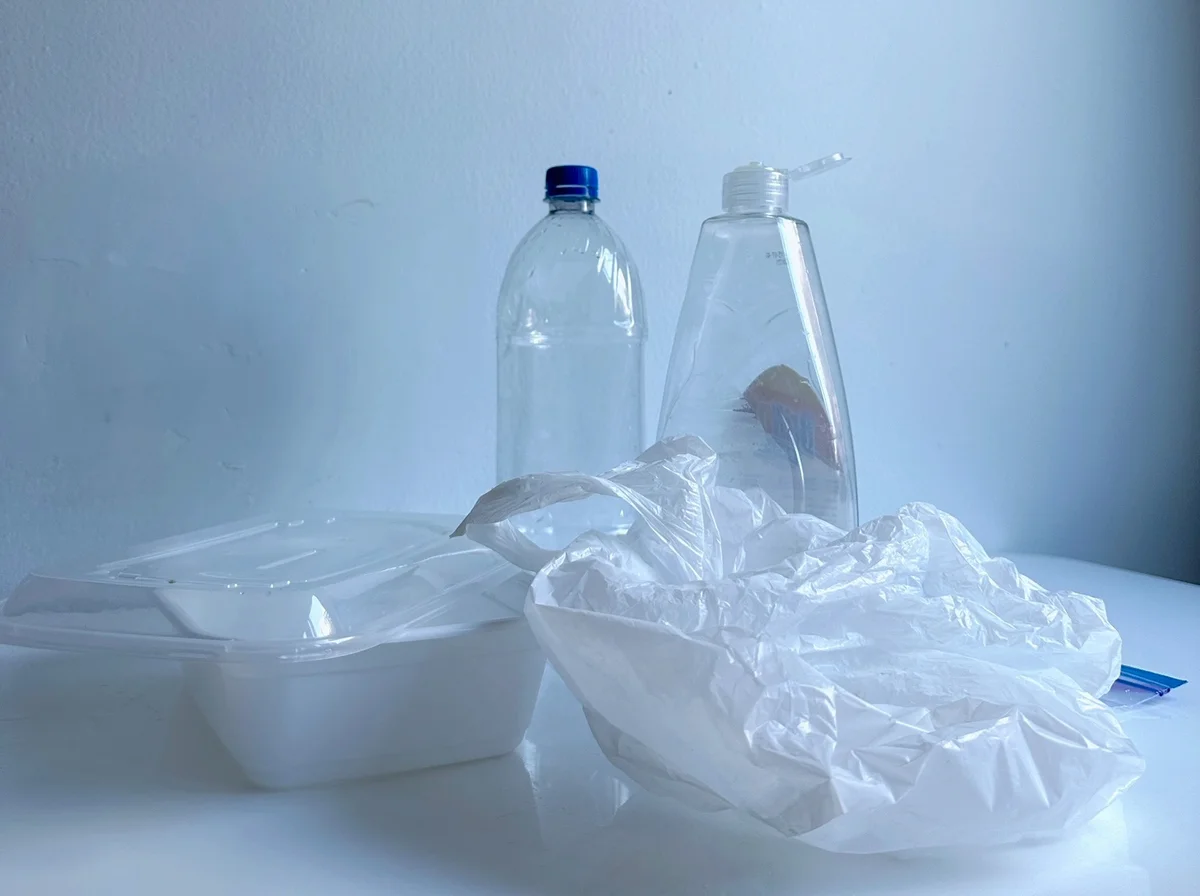
Welcome to the age of the ‘Plasticene’, a world so infected with plastics that they’ve embedded themselves in our fossil record. Microplastics are infiltrating global water systems, causing scientists, activists and governments to sound the alarm.
UBC researchers are providing valuable information and solutions, including a filter made of wood products to remove plastics from water.
Filtering out microplastics
UBC’s BioProducts Institute recently collaborated with scientists at Sichuan University in China to develop a device that filters out virtually all microplastics from water.
Made by combining wood dust with tannins, a natural plant compound, bioCap is a sustainable solution to protect ourselves from microplastics accumulating in our bodies.
In an interview with the Vancouver Sun, Dr. Orlando Rojas, the lead researcher and a professor for Chemical and Biological Engineering at UBC, said that production and sales of bioCap depends on whether companies decide to invest in it.
While we wait for bioCap to make it into the market, UBC researchers commented on microplastics in Vancouver waters and how negotiations for international plastic and microplastic regulations are more complex than ideal.
Microplastics in Vancouver's waterways
Producing plastics inevitably releases microplastics, small pieces of plastic one micron to five millimeters in size
It might be expected that degrading plastic litter in the ocean is the biggest contributor to microplastics, but about 70 per cent of microplastics found in Vancouver waters are actually microfibers such as polyester and nylon fibers shed from our clothing.
“I don’t think people realize that … every single one of us is contributing to pollution,” said Dr. Maite Maldonado, a professor in the UBC Microplastics Cluster who is studying contaminants in the Strait of Georgia.
Currently, there seems to be no significant damages caused by microplastics to Vancouver’s watersheds, but Maldonado warns that the future is grim if microplastics continue.
A study done by a postdoc with Maldonado looks at how microplastics affect tiny, shrimp-like creatures called amphipods. When the amphipods were in environments containing microplastic concentrations 10 to 100 times more than current Vancouver waters, they could not distinguish between the plastic particles and their food and ate the plastic instead.
In a real marine ecosystem, the microplastics eaten by the amphipods would stay in each predator’s body, working its way up into food sources and ultimately into human bellies - something that is already being observed by scientists.
The long term effects of microplastics on our health remain largely unknown, but considering that plastics can transmit chemicals, hazardous substances and persistent organic pollutants, the findings probably won’t be sunshine and rainbows.
Regulating microplastics
According to Maldonado, federal government regulations are the only way to force companies to produce less plastic and dispose of it more responsibly.
Dr. Peter Dauvergne, a UBC professor of global environmental politics, shared some insight on an international plastics treaty currently under negotiation.
End Plastic Pollution, an international agreement addressing the production, design and disposal of plastics is planned to be completed by the end of 2024.
Dauvergne calls it the biggest environmental treaty since the Paris Agreement in 2015, which led many countries including Canada to implement a single-use plastic ban to decrease plastic consumption and pollution.
However, some single-use plastic bans pose a problem for people who rely on plastic straws for accessibility reasons. Alternatives such as glass, paper or metal straws can pose safety hazards, leaving plastic seemingly indispensable.
Dauvergne urged decision makers to have strong principles of justice when discussing the international treaty.
“Whenever you get an agreement around something as complex and multi-layered as this plastics crisis, you’re going to have ... the potential to cause environmental injustices and create harms for people that you aren’t expecting might be in the way.”
Besides the social implications of these plastic regulations, creating microplastic-specific policies have proven to be highly challenging due to their small size, making them difficult to detect in the first place.
On top of that, it’s impossible to pinpoint them to a single source. Primary microplastics (plastic particles that are smaller than five millimeters in size when released) come from a variety of things such as clothing, road paint, city dust, synthetic automobile tires and even our running shoes.
Maldonado encourages people to buy second hand clothing and to do laundry less often to reduce the amount of primary microplastics shed from our clothing, but ultimately it remains difficult to completely prevent the release of microplastics from various aspects of our everyday life.
Until the End Plastic Pollution resolution is finalized and significant change is seen in our water systems, technology like the bioCap might be the most reliable and convenient way to protect ourselves from the unknown effects of these plastic particles.
“It may be too hard to regulate it,” Dauvergne said. “It may need to be done through technological upgrading.”

